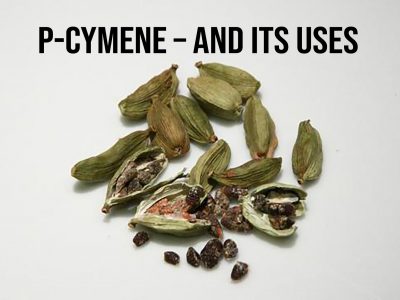What does Thinning mean?
In order to grow strongly and develop correctly, plants cannot be crowded. However, seeding is generally best done in relatively concentrated rows, particularly when starting seeds indoors. Thinning is the process of removing excess seedlings to help ensure healthy growth for others.
More Info On Thinning
When growing plants from seed, you will often have seedlings heavily concentrated in a row. This is particularly true when starting seeds indoors, but also applies to in-ground sowing. As the seeds germinate, they produce seedlings. If left alone, the seedlings would eventually choke each other out, resulting in poor growth, and even in the death of plants. Thinning is used to prevent this.
Thinning is exactly what it sounds like – the removal of specific seedlings from a row in order to create more space between the remaining seedlings. This provides room for root growth, stem growth, and leaf development, while also ensuring there are adequate resources for the seedlings that remain. It also helps with moisture control by providing better air circulation between the remaining seedlings.
One or more thinnings may be needed as seedlings grow to maturity, depending on the size of the adult plant, and the density of the planted seeds. During all thinnings, it is best to remove seedlings that seem thinner or weaker than their neighbors, as well as any that are obviously struggling or diseased.
Thinning is also a process commonly used on fruiting plants. Blackberry vines and blueberry bushes must be thinned regularly, as must grape vines. Even fruiting trees must be thinned from time to time to encourage the right growth habit and ensure that harvesting is as easy as possible.
In the end, thinning is a vital step in growing plants, whether fruits or vegetables, and helps ensure healthier adult plants.







